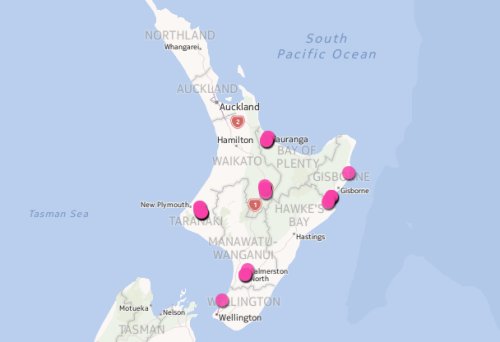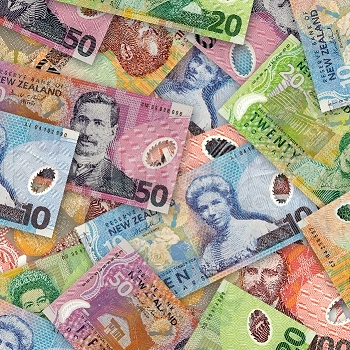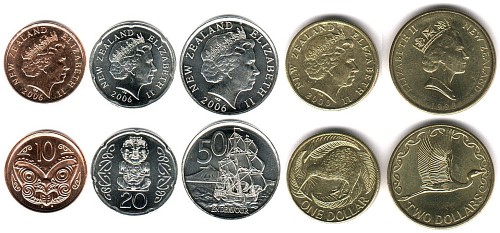It’s been quite a while since my last post. I’ve had a wonderful holiday. On Christmas Eve I went kite flying on the rolling hills. I spent Christmas with the family of some staff here. Then, the day after Christmas I bought a comfy chair for my room. The day after Christmas is called ‘Boxing Day’ and is like ‘Black Friday’ in the US. I saved $700 on my chair. That evening I went to a demolition car derby with some friends. Then on the 30th went to Wellington on a day trip. Then for New Years I went camping near New Plymouth on the west coast. Then I went up to Tauranga near the north coast for a birthday part for a family member of some friends. I’ve posted some pictures of these events on my flickr page. Click the title of this blog and then the more pictures link on the right. Or click here. To see an interactive map of the places I’ve been thus far in New Zealand, click here.
Or, just look at this picture:
It’s been an amazing two weeks… Today I started planning for the school year. I hope to get 4 hours in each day until school starts to make sure I’m ready. I have a car now as well. And guess what? It’s a manual transmission! I never thought I’d ever do it, but I bought a manual, and I’m getting pretty good at it. 🙂
Now, on to the trivia!
1. Notes have values of $5, $10, $20, $50 and $100.
2. Coins have values of 10, 20 and 50 cents, $1 and $2.
3. Due to the discontinuation of 1c, 2c and 5c pieces, purchases made in New Zealand are subject to “rounding” of amounts either up or down. The Reserve Bank believes most retailers are adopting the Swedish Rounding System. Under this system prices, ending in 1 to 4 cents will be rounded down and prices ending in 6 to 9 cents will be rounded up. For example, a purchase of $15.14 would be rounded down to $15.10, and a purchase of $15.16 would be rounded up to $15.20. It is at the retailer’s discretion how they handle prices ending in 5 cents.
4. There is a national 12.5% Goods and Services Tax (GST) that’s applicable to everything. However, the price you see on an item has the tax already included, so when it says $19.99 you give them a $20 dollar note and don’t even have to get the penny back to weigh you down.
5. Tipping is not expected in New Zealand, but is not unwelcome. Hotels and restaurants in New Zealand do not add service charges to their bills.
6. The monetary unit is the New Zealand dollar which is equal to 100 New Zealand cents. Currently the New Zealand dollar has a lower value than the US dollar. Currently, one New Zealand dollar is 0.84 US dollars. The exchange rate fluctuates.
7. New Zealand is a plastic nation – almost all personal financial transactions are made with a card – credit or otherwise. Most shops offer EFTPOS and cash is seen less and less. It is possible that New Zealand was the first nation to offer this system of payment. The majority of taxis now allow you to pay without cash through this system.





















